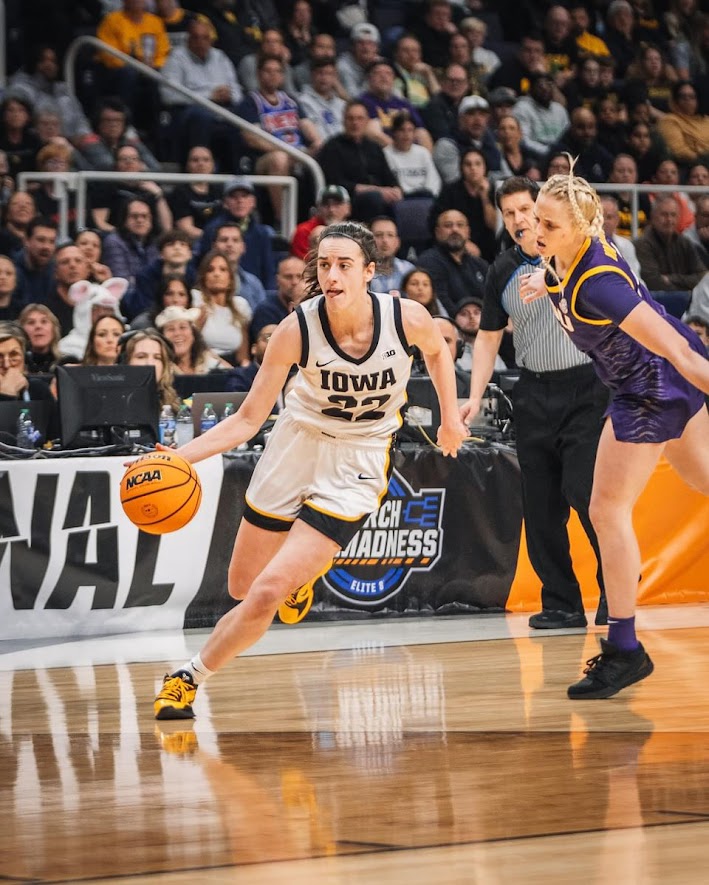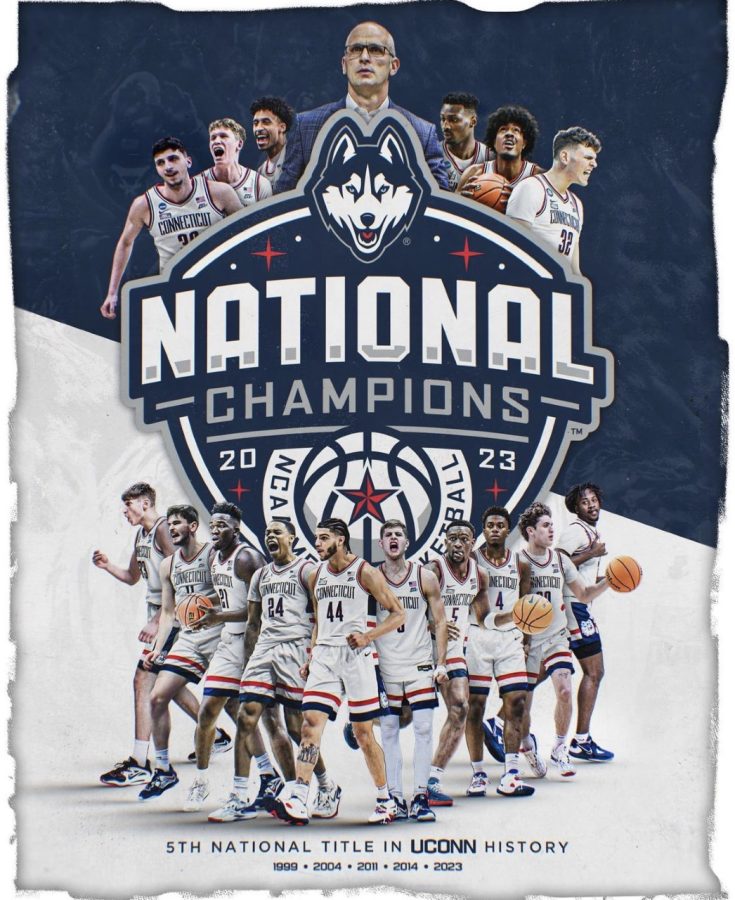I have always hated the phrase “breaking glass ceilings.” The term “glass” implies that these ceilings are easy to break. Glass can be broken by a stone, or even a fist if you punch hard enough.
But referring to glass ceilings as obstacles that stand in the way of gender equality is false. Those ceilings are made of materials much stronger than glass.
And how are we supposed to break glass ceilings when those ceilings are really made of iron?
Caitlin Clark is a basketball phenomenon. This past season at the University of Iowa, she broke countless records for both men and women and became a country-wide sensation. Clark is now the all-time scoring leader for Division I basketball as she scored more points in her career than anyone who has ever stepped foot on a Division I court with 3,951.
This year, women’s college basketball saw record-breaking viewership, with the final game in the women’s tournament beating the men’s viewership for the first time in history. The women’s basketball championship game drew 18.9 million viewers compared to 14.8 million viewers who tuned in for the men’s game. According to Forbes, the game peaked at 24 million viewers and became the most-watched basketball game since 2019, which includes both collegiate and professional games. It was also the most-watched sporting event since 2019, with the exclusion of the Olympics and football.
Why did this happen? Many are crediting this record-breaking viewership to the “Caitlin Clark effect,” a term created by the Des Moines Register. The “Caitlin Clark effect” generated an estimated $82.5 million in additional revenue, according to a study from Common Sense Institute Iowa, which is an economic research organization.
Clark is a national icon for women’s sports, breaking records, drawing in more viewership than ever and generating more revenue for women’s sports. After completing her collegiate career, Clark became the number one overall draft pick for the Women’s National Basketball Association (WNBA) and was drafted by the Indiana Fever. After drafting Clark, the Fever nearly doubled their Instagram following, further proving the “Caitlin Clark effect.”
Clark is a prime example of a woman who has broken glass ceilings. She has changed the game for female athletes and brought more attention to women’s sports than ever.
But, she will still run into the iron behind the glass.
According to CBS News, Clark will make a starting salary of $76,535 and earn around $338,000 over her four-year contract with the Fever. CBS also said that Clark’s salary “will see only a modest rise over the next few years — $78,066 in 2025, $85,873 in 2026 and $97,582 in 2027.”
But how much would Clark be making if she were a man?
The answer is $1.8 million, the starting salary for NBA players. And while Clark will have other opportunities to earn more than her five-figure salary in sponsorships and brand deals, the disparity in salary between genders is hard to ignore. She recently signed an endorsement deal with Nike in which she will earn $28 million over the next eight years, making her the most famous WNBA player before even stepping on the court in a regular season game.
The difference becomes even greater when looking at the average salaries, however. The average salary for an NBA player is $10,776,383. The average salary for a WNBA player is around 1% of that, $113,295.
The question is: Why aren’t there more opportunities for female athletes to earn as much as their male counterparts? For years, the narrative has been that people simply are not interested in women’s sports.
That narrative is changing, but salaries are not.
In most sports, women earn significantly less than men. While researching gender equality in sport, assistant professor at UCLA School of Management Laura Claus says this inequality will not change until female sports are marketed properly. Claus also says gender inequality in sports stems from the fact that sports were not designed for women. While times have changed and sports are becoming more available and accessible to women, it seems nearly impossible to break through inequalities in a market not designed for them to succeed.
The old argument is that male athletes are paid more because men’s sports generate more revenue. On average, this is statistically true. However, these sports generate more revenue because they are better marketed. When you take into account television coverage, ticket sales and social media along with other market indicators, most men’s sports will greatly outperform women’s sports.
Clark brought viewers to women’s basketball that may have never been interested in the sport before and will likely continue to do so as she begins her career in the WNBA. The problem starts at the root of sport culture and the idea that sports are for men and do not have room for women to succeed.
Breaking iron ceilings to change the sports industry
Skylar Griffin, Sports Editor
April 29, 2024
Caitlin Clark during Iowa’s Final Four win over LSU, Cleveland, April 5, 2024.
0
More to Discover













